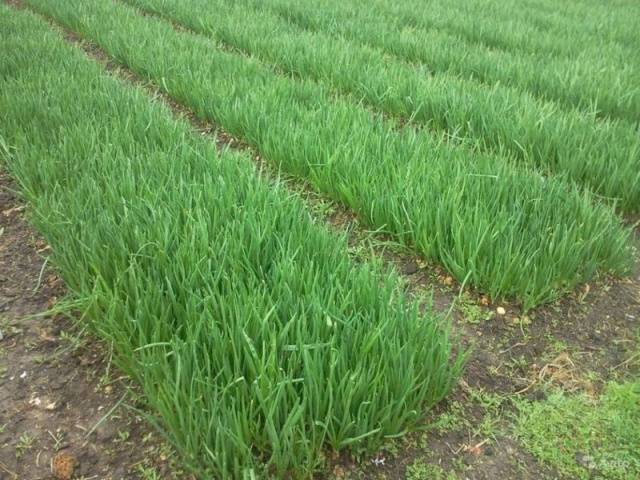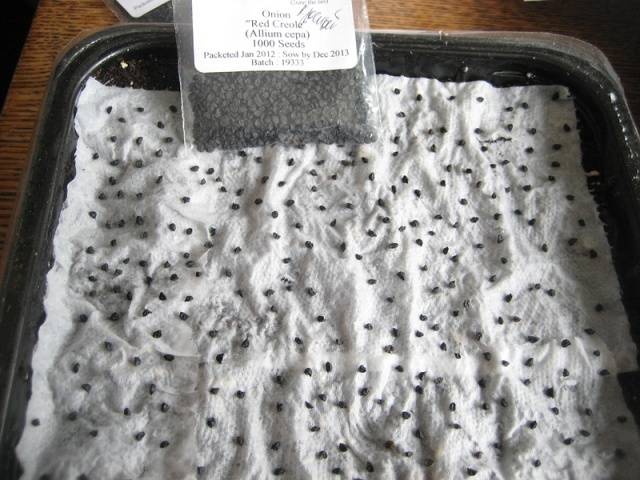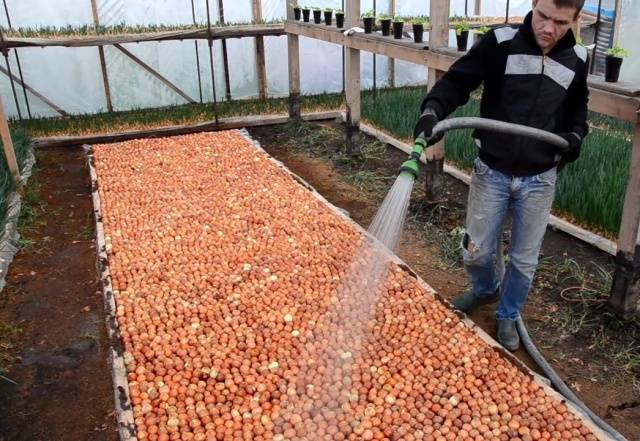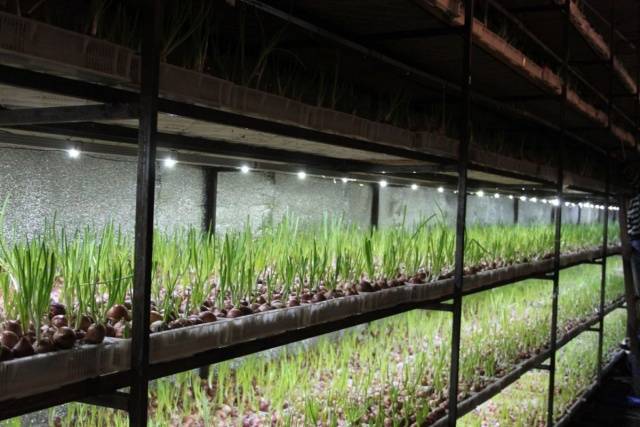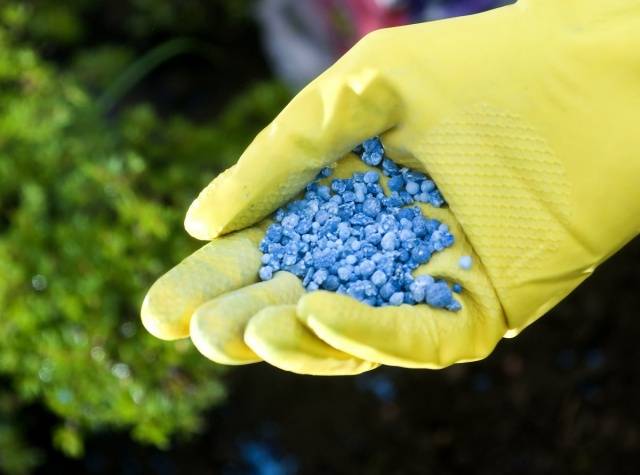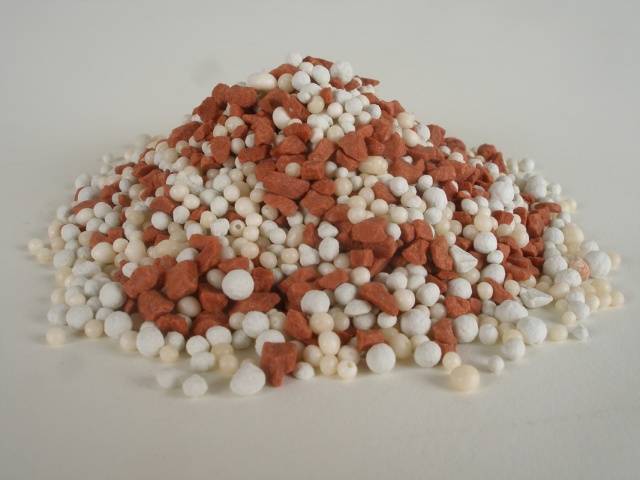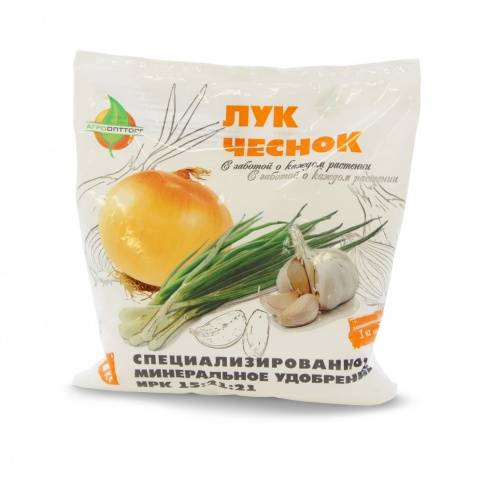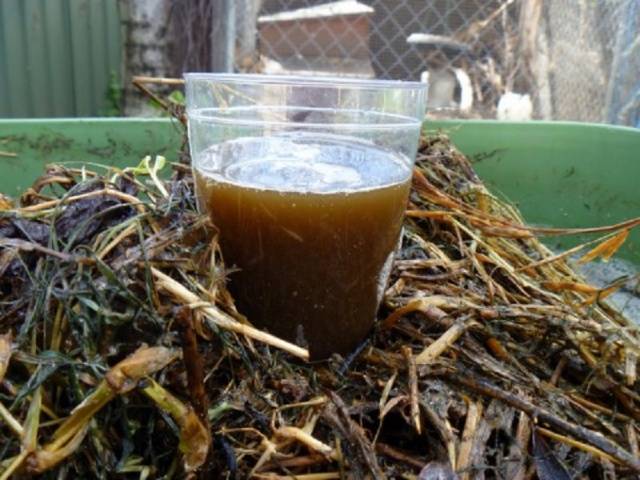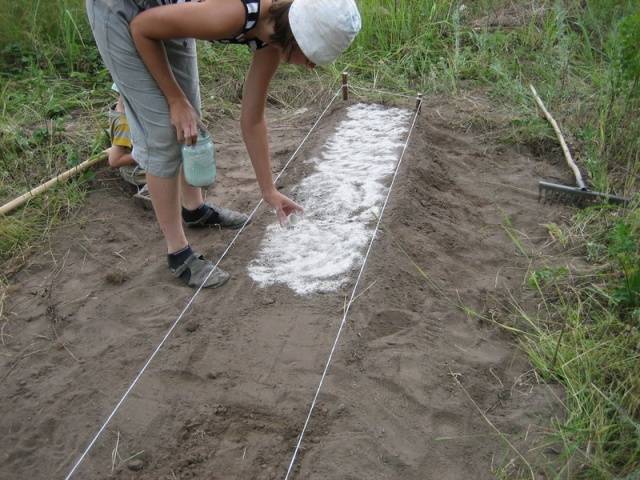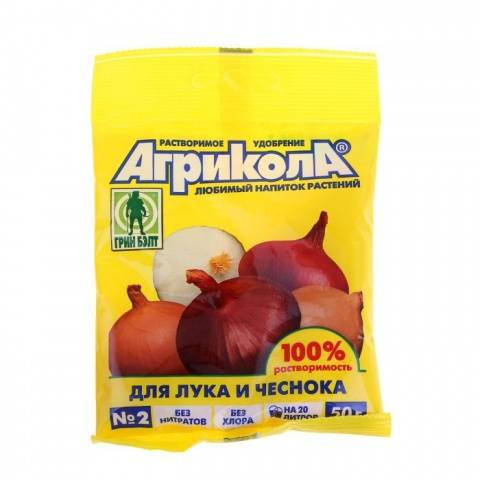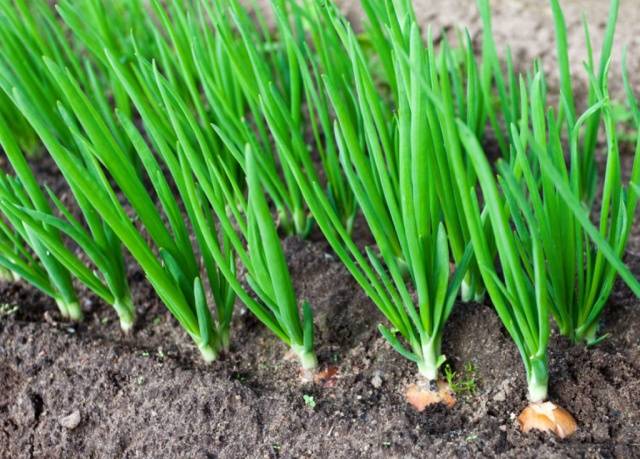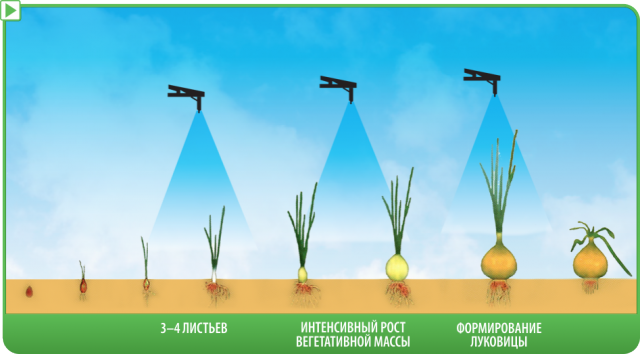Content
In green onions there are many trace elements and vitamins useful for the human body, which are very necessary during the period of vitamin deficiency, which is observed in spring. By consuming onion feathers regularly, you can significantly reduce the risk of contracting viral infections. When compared with other crops, it is not difficult to grow onions, but in order to get a good harvest, it is important to properly prepare the soil and feed the crop in a timely manner.
It is especially important to apply fertilizer for onions on a feather in the soil during the period of its active growth. Therefore, it is important to know when and what fertilizers to apply. This will be discussed in the article. But first, consider the question of how to choose a variety of onions for a feather.
Variety selection
In order to grow not only large bulbs in your garden, but also abundant green mass, you should choose the right crop variety, and also fertilize it on time. So, the following varieties are suitable for growing green onions:
- Chives... This variety is distinguished by narrow feathers, stretching out in length by about 50 cm.With proper care from 10 m2 you can collect up to 30 kg of feathers. Chives have a pleasant aroma, feathers remain tender for a long time.
- Shallot... This is an unpretentious variety that gives a bountiful harvest from 10 m2 usually up to 40 kg of feathers can be collected.
- Tiered bow... The variety is frost-resistant, has high quality greenery, does not require maintenance and easily survives the winter. Gives a lot of greenery.
- Onion... Planting material is very cheap. Does not form bulbs. It contains much more useful substances in comparison with other varieties of culture. With proper care, you can harvest about 35 kg of greens from 10 m2... The culture is perennial.
- Leek... Has a feather that looks like garlic greens. Does not form a bulb, but has a thick white part. It is worth noting that it is the white stem that is commonly used in cooking. From this culture, planted at 10 m2, you can get up to 20 kg of a feather.
- Slime onion... Has feathers like garlic. Their structure is soft, with a slight garlic aroma. It contains a large amount of nutrients. Slime onions taste good. In a greenhouse, this variety can be grown year-round, and in the open field - until frost. It ripens quickly and has a bountiful harvest.
- Bow parade... Differs in the highest yield - by 10 m2 you can collect up to 65 kg of greens.
Features of growing in the open field
The crop varieties proposed in the article are planted in late autumn or early spring. In this case, it is important to select only that planting material that has several primordia and its size in diameter is 3-4 cm.
Before planting onions, the planting material is soaked in warm water and remains in it for the next 24 hours. To speed up germination, the tops of the bulbs must be cut off. This, among other things, improves the yield.
There are 2 ways to plant onions in open ground:
- The prepared planting material is placed in grooves at a distance of about 4 cm from each other, and after that, the beds are leveled with a rake. In this case, there should be a distance of about 20 cm between the grooves.
- The onions are stacked close to each other, and from above they are covered with earth by 3 cm.In this case, by 1 m2 it takes about 10 kg of planting material.
In the spring, this covering material is removed, and the onion plantings are covered with a protective film.
Another option is to sow onion seeds. This can be done closer to the middle of summer, after fertilizing and loosening the soil. Before sowing, the seeds must be soaked in a solution of potassium permanganate. So, they will be disinfected and less susceptible to disease. After sprouting, the onion must be thinned out, leaving a distance of about 5 cm between it.
By winter, the beds with onions, the greens of which at this moment reaches 25 cm, should be sprinkled with peat or covered with straw. So, after the spring melting snow, you can pamper your family with green vitamins. In order to be able to use the green mass of onions in the summer, the seeds must be sown in early spring.
Features of greenhouse cultivation
The best option for growing onions is a closed method, that is, in a greenhouse. In this case, the harvest can be collected all year round. Greenhouse onions are best grown from mid-autumn to spring, and planting in a greenhouse - from mid-winter to late May.
The easiest way to feed onions on a feather is to properly prepare the soil. To do this, it is best to choose boxes for growing, into which the nutritious soil will be poured. It should consist of equal parts of fertile soil, peat and compost or humus.
Before planting, the planting material is also soaked in warm water for 24 hours. After, it can be planted close to each other, and then covered with a thin layer of soil. Until shoots emerge, the onion boxes can be stacked one on top of the other, allowing you to free up space for other crops. After 15 days, place the container around the perimeter of the greenhouse or greenhouse. At the same time, it is important to maintain the room temperature. It should not fall below 18 ° C.
Watering onions on a feather in a greenhouse during the growth period is carried out about 5 times. In the meantime, it is important to apply mineral fertilizers. When the greens reach a height of about 40 cm, then they need to be cut off.
Subject to agrotechnical rules, the onion yield will correspond to the crop variety. If you have the opportunity to heat your greenhouse, you can start planting onions in October. To maximize the yield of onions for greens in the greenhouse, plant planting material with a multi-ring structure.
You can use Baikal, Epin and others.
When growing onions on greens, placing the bulbs close to each other when planting, the underground part of the plant will dry out, which allows its aboveground part to grow luxuriantly. In addition, this way, you get greens with the maximum amount of vitamins and minerals. So that the soil does not acidify, and the underground part of the onion does not begin to rot, the plant should be watered rarely, but abundantly.
Additional recommendations
Onion yield depends entirely on the conditions that are created for it. And if all the activities for the care of the crop are really done correctly, then the only problem that you will face in the fall will be the safety of the crop. There are several feeding options. It all depends on what types of fertilizers you have. To make the soil more fertile, add superphosphates before planting.
However, organic fertilizers cannot be applied to the soil in pure form. For onions to grow better, there must be a sufficient amount of nitrogen in the soil. If you add fresh manure to the ground, then it will decompose for too long and the onions will not receive the necessary feeding.
Excess nitrogen can cause the underground part of the onion to simply rot, so fertilization should be done in moderation. Therefore, for feeding onions, manure diluted in water is used in a ratio of 1: 3. If you decide to feed the onion with bird droppings, then it needs to be bred much more, the proportion is 1:15.This is due to the fact that poultry manure is more saturated with nitrogen than other organic matter.
Soil mineralization
In the absence of organic matter, mineral fertilizers can be applied to the soil. As a top dressing, you can use saltpeter, potassium salt and superphosphate.
So, you will need 1 tbsp. l. saltpeter, 1 tbsp. l. potassium salt and 2 tbsp. l. superphosphate. All this is diluted in a bucket of water.
When to feed onions
As mentioned above, the soil for onions can be fertilized before planting or during a period of active growth. For example, after the first thinning of the rows of onions. During this period, the culture especially needs saturation with phosphate and nitrogen.
The next feeding is done in a few weeks. This time it is better to add organic matter to the soil. Alternatively, you can also mineralize the soil, but it is important to use preparations that do not contain nitrogen.
Basic care
After emergence, you need to wait for the feathers to grow about 12-15 cm in height. Then you can thin the onion, while removing weak and unhealthy shoots. Winter onions need to be fertilized it was during this period. You can use organic matter, mineralization, or some combination of fertilizers.
Organic
So, you can add organic matter. Some recipes for making organic fertilizers have already been mentioned above, but below we will consider a few more ways:
- Fertilizer from horse manure. So, for 10 liters of water, you will need 500 g of manure. This composition should be infused for a week. To fertilize onions, you need to dilute the fertilizer: 1 liter of slurry goes to 5 liters of water. Watering is carried out in the aisles.
- Top dressing with mullein. So, to prepare a composition useful for onions, you need to insist 500 g of mullein in 5 liters of water. After diluting the solution, let it brew for a week. The proportion in which the mullein is bred is 1: 5. As in the first case, watering is carried out in the aisles.
Use of minerals
It is not necessary to make infusions from mineral fertilizers. They are sold as powders or liquids that are diluted with water just before watering. It should be noted that soil mineralization is carried out in 3 stages:
- After germination.
- 2 weeks after the first feeding.
- 20 days later. But the third feeding is carried out on infertile soil, and nothing more.
Experienced gardeners use 2 main schemes for applying mineral fertilizers to the soil.
The first feeding option in 3 stages:
- 2 tbsp. l. Vegetas are diluted in 5 liters of water;
- 1 tsp the drug "Agricola - 2" is diluted with 5 liters of liquid;
- 2 tbsp. l. "Effekton - O" and 1 tbsp. l. superphosphate per 5 liters of rain / settled water.
The second option for feeding onions on a feather in 3 stages (all components from the list are diluted in 5 liters of water):
- 1.5 tbsp. l. ammonia;
- 1 tbsp. l. salt and the same amount of ammonium nitrate;
- 2 tbsp. l. superphosphate.
Combined fertilizer
Many specialists use combined fertilizers, even on an industrial scale. So, the fertilization scheme in 3 stages looks like this:
- 0.5 cups of manure infusion + 1 tbsp. l. urea + 5 l of water;
- 1 tbsp. l. nitrophosphate + 5 liters of water;
- 5 g of potassium salt + 10 g of superphosphate + 5 l of water.
It is worth noting that for better yields, it would be good to disinfect the soil before planting or sowing onions. For this purpose, copper sulfate is excellent, which is diluted with water in the proportion - 1 tbsp. l. 10 liters of water. Before fertilizing the onion beds, disinfection must be performed per day. Watering is carried out with a flow rate of 2 l / m2.
Conclusion
If you decide to grow onions for sale and you need the maximum amount of harvest in the minimum area, then you need to prepare the soil in advance, as well as timely fertilize according to one of the schemes proposed in this article. If you follow all the recommendations, you can expect a bountiful harvest either for your family or for sale.
We also recommend that you familiarize yourself with the accompanying video material:

